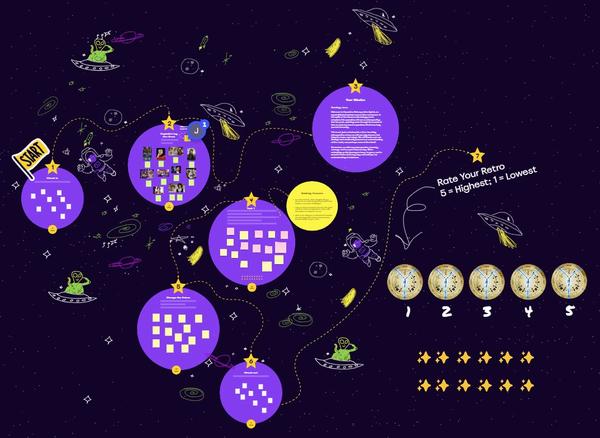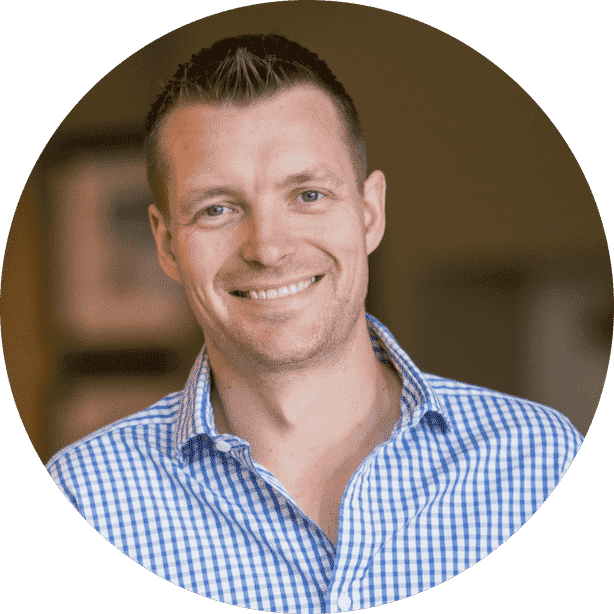Harnessing the Power of Appreciative Inquiry in Scrum Retrospectives
Posted By - Jamie Kriegel

In the perpetual quest for Agile excellence, I embarked on an experiment that could very well be the secret sauce to supercharging Scrum Retrospectives. Picture this: despite the regularity of our retrospective meetings, it seemed we were jogging on a treadmill—lots of sweat, but scenery-wise, we were jogging in place. We needed a breakthrough, and my hypothesis was that Appreciative Inquiry (AI) could be the wind beneath our team’s wings.
Appreciative Inquiry: The Game Changer for Team Dynamics
Appreciative Inquiry is not your run-of-the-mill management fad. It’s the Optimus Prime of change management strategies, transforming the focus from problems to potential. The question was simple: Could the principles of AI transform our retrospectives from a merry-go-round of recurring issues into a launchpad for meaningful and sustainable improvement? It was time to find out.
Revamping the Retrospective: A Four-Step Odyssey
Armed with the four D’s of AI—Discovery, Dream, Design, and Destiny—I modified our retrospective format. It was less about sifting through the rubble of issues and more about mining for gold in the form of team achievements.
- Discovery: This was like the team’s highlight reel, sharing wins and moments when we nailed it.
- Dream: Here, we painted the picture of our ideal future, fueled by our past successes.
- Design: It was time to put on our architect hats and blueprint actionable steps towards our utopian team state.
- Destiny: Finally, each team member pledged actionable commitments, personal vows to the team’s betterment.
As the maestro of this experiment, I kept a keen eye on the metrics: the number of improvements implemented, the vibe-o-meter (team satisfaction), and the richness of our discussions post-AI infusion.
The Proof is in the Pudding: AI’s Impact on Retrospectives
Fast forward, and the results were as sweet as grandma’s apple pie. We saw a 35% increase in actions from retrospectives, like a booster shot of productivity. The team’s mood? Think ‘after a spa day’ kind of refreshed. Our retrospective conversations were now infused with a robust blend of strengths and growth opportunities, rather than a cocktail of woes and facepalms.
Keeping the Flame Alive: Continuous Improvement with AI
The verdict? Appreciative Inquiry was here to stay in our retrospectives. It was like having a new team member whose sole job was to remind us, “Hey, remember how awesome we can be?” To maintain the freshness, I kept experimenting with various AI-inspired activities, turning our retrospectives into a sandbox of continuous improvement.
Conclusion: AI, the Elixir for Agile Teams
Incorporating AI into our retrospectives was akin to discovering that extra gear in a sports car. It wasn’t just about going faster; it was about driving with purpose, direction, and a smile. The experiment was a resounding success, teaching us that looking back with appreciation is the first step toward moving forward with confidence.
FAQs
What is Appreciative Inquiry? Appreciative Inquiry is a strengths-based, positive approach to change management and organizational development, focusing on what works well and how to build upon it.
How did Appreciative Inquiry affect the team’s retrospectives? AI shifted our retrospectives from problem-centric to strength-focused discussions, increasing engagement and leading to a 35% rise in implemented actions.
Can Appreciative Inquiry be applied to other areas of Agile methodology? Absolutely! AI can be woven into various Agile practices to enhance teamwork, communication, and project outcomes.
Download the “Time Travel Appreciative Inquiry Retro”

Just add water! A Miro Template ready to go for your very first Appreciative Inquiry Retrospective!
Original Design by Maria Karnaukhova, modified by Jamie Kriegel to include elements of Appreciative Inquiry. Used with permission.
Instructions: Duplicate board into your own Miro account.
Article Tags








